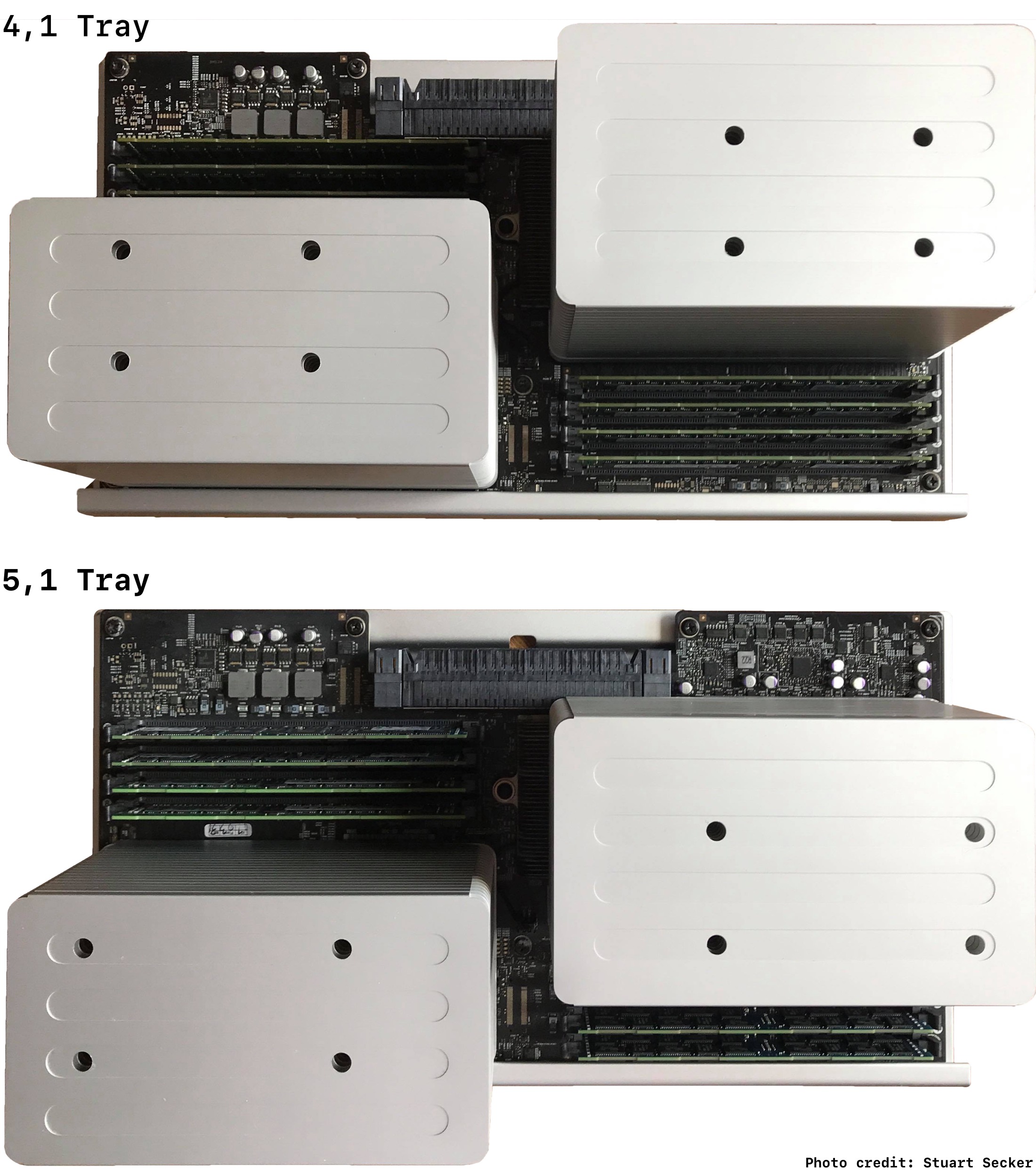

While no adapters or special cables are required to connect these displays to a USB-C equipped MacBook, the single cable solution may fall short for many users. (In this case, we are specifically talking about the USB-C standard not Thunderbolt 3 displays, which are covered under 5K Displays that connect over Thunderbolt 3) The promise of a display that can handle all of your peripheral connections and power your MacBook through a single cable is enticing, but there are some tradeoffs that need to be considered.

Henge Docks refers to a stand-alone docking station that connects to a computer via cable as a “tethered docking station” to differentiate it from our MacBook form-fitting Horizontal and Vertical Docking Stations (more on those solutions can be found under the Docking Station section).Īs the USB-C connection continues to proliferate, more display options are cropping up that support this standard. “Docking station” can refer to several different types of devices.For the purposes of this guide we’re going to refer to the USB-C/Thunderbolt 3 ports found on the MacBook Pro models as USB-C ports unless we are talking specifically about Thunderbolt 3 capabilities.In general, a Thunderbolt 3 connection can downgrade to USB-C, but USB-C cannot become Thunderbolt 3. USB-C and Thunderbolt 3 plugs and receptacles look identical, but they are not fully interchangeable.We created this guide specifically for users of USB-C/Thunderbolt 3 MacBooks to take the guesswork and confusion out of running external displays with their new computers. With half a dozen existing common display connection standards and the wave of next generation USB-C and Thunderbolt 3 displays getting thrown into the mix makes it difficult to sift through all of the conflicting information. Of all the confusion surrounding USB-C/Thunderbolt 3, the issues causing the most consternation is the connection of external displays. It’s a world full of adapters, cables, docks and dongles to do what you need, and ultimately, most fall short of that single cable promise. What many early adopters found out, and what new users continue to discover, is that getting the connection of the future to work with the equipment of the present is. Power, displays and every peripheral all flowing through one plug, simplifying everything to a single standard has been a dream since the earliest days of the PC and now its here – kinda. With the introduction of USB-C/Thunderbolt 3 and the new MacBook Pro models in late 2016 came the promise of plugging in a single connection to power your entire desktop.


 0 kommentar(er)
0 kommentar(er)
